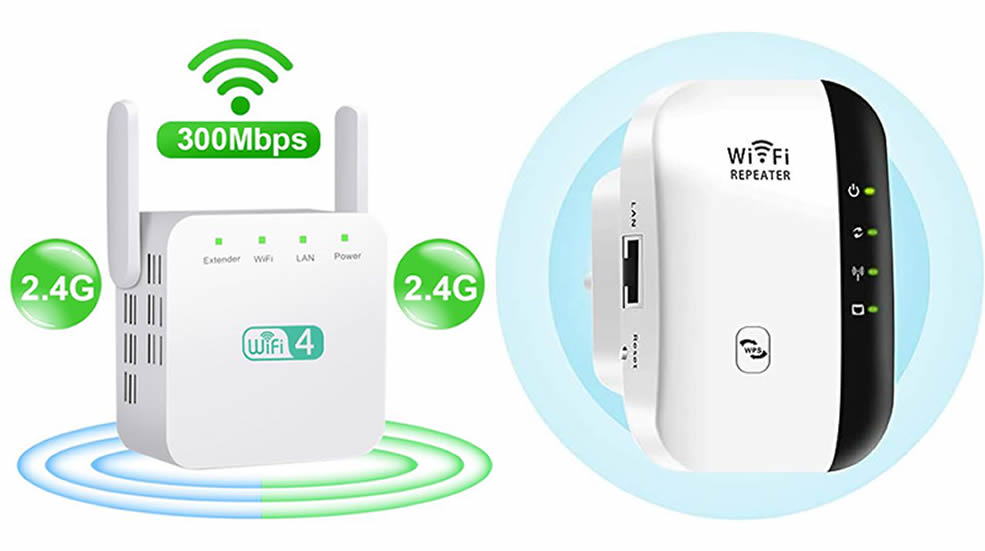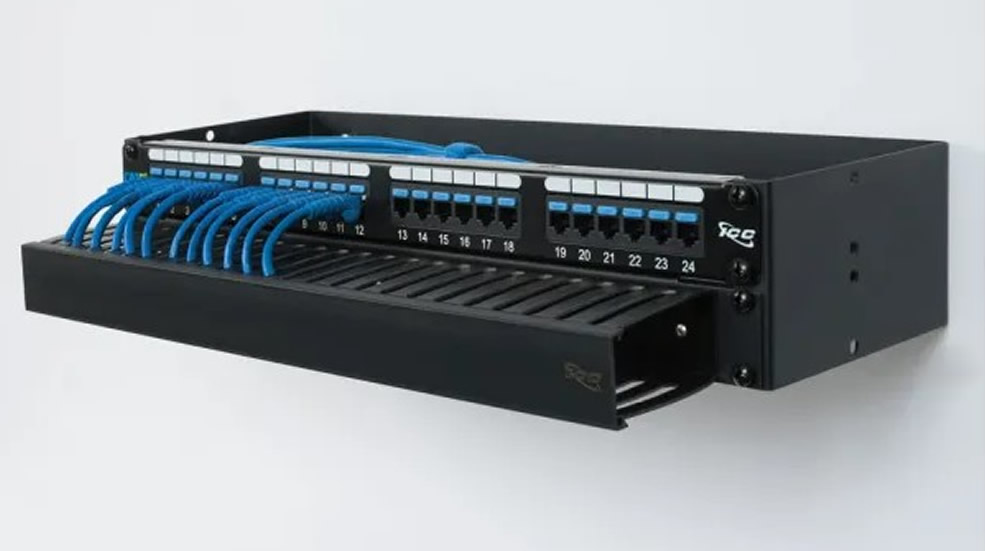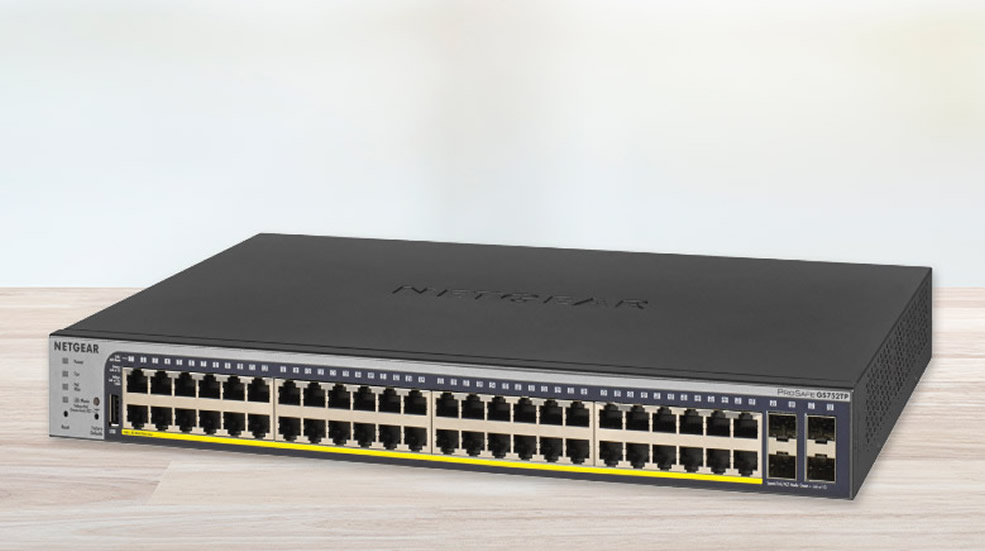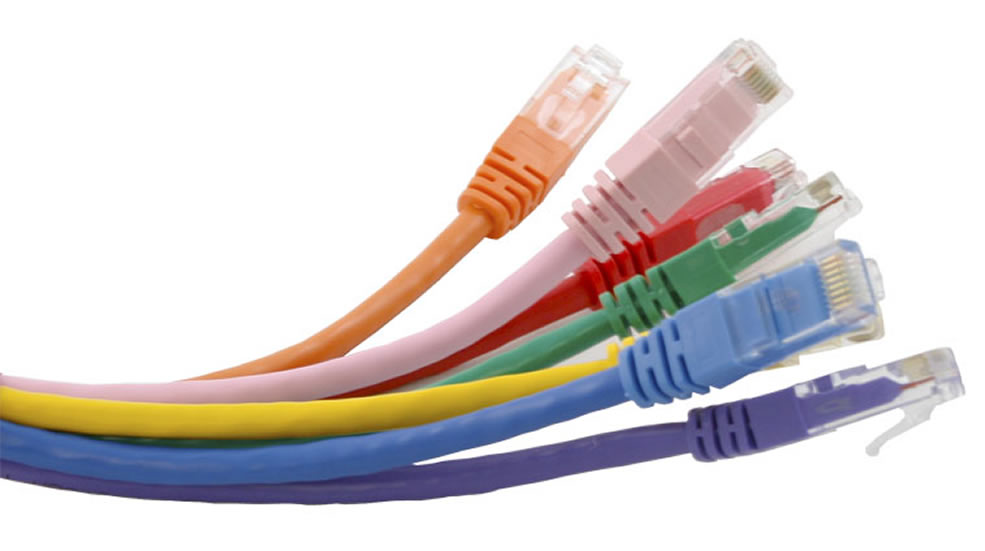In our previous blog on how to build a network for a small business, we discussed the functioning and business requirements related to Modems, Routers, Firewalls, Switches, and LAN cable or Patch Cable.
In a business environment, you will likely find a few more network devices, namely – Access Point, Repeater, PoE, and Patch Panel. In addition, your network will be incomplete without implementing network security. And finally, to implement your network project cleanly, you would need cable management.
In this part of our blog, we will discuss the final components required to design a business network. We will also share how you can take your network up a notch using PoE, and Cable management. So, let’s begin.
ADDITIONAL COMPONENTS OF A COMPUTER NETWORK
ACCESS POINTS

An AP (access point) is a piece of network hardware that connects your wireless devices to your wired network. An AP connects to a wired router or switch via an Ethernet cable and acts as a hub through which the wireless devices connect to the wired LAN.
For large networks, APs perform many critical functions. They support the connection of multiple wireless devices through each AP, i.e. one wired connection. Provide increased WiFi security and extend the physical range of your network.
For example, if you want to enable WiFi access to your company’s kitchen, terrace, or reception area, all you have to do is run an ethernet cable and install an AP in that area, which will project the WiFi signal to the designated area.
APs can typically handle a fixed number of devices and the maximum number of devices supported vary significantly depending on the type of AP, the density of users, desired throughput, etc. The range of APs also varies depending on its location. Placement, height above the ground, and nearby obstructions such as thick concrete or brick walls, mirrors, etc. have a significant bearing on the area covered by an AP.
It is therefore highly advisable to get professional help for building your network. Experienced network engineers can enhance the functioning of your WiFi network by selecting the optimal location and number of APs, configuring them for maximum efficiency, and mounting them professionally.
“Like I told you before, don’t be penny wise and a pound foolish, or as we say in the good old USA, Penny Wise and Dollar Foolish. If you don’t know what you are doing, hire an IT Specialist to get the job done right the first time; it will save you a lot of headaches.”
Asani Ali – AsaniAli.org
REPEATER

A repeater is a network device that regenerates the WiFi signal over the same network. Its function is to receive weak or corrupted WiFi signals and regenerate it to the original strength. It should be noted that repeaters do not boost or amplify the wireless signal. Wireless repeaters do not require any cabling, hence provide a convenient way of extending the range of your WLAN without adding additional APs. In order to regenerate the signal, the wireless repeater needs to receive a WiFi signal, so it won’t work if placed in a WiFi dead spot.
For example, let’s say there’s a WiFi dead spot in your meeting room. To regenerate the WiFi signal in the meeting room, you need to place the repeater in the hallway near the door of the meeting room where there’s a proper WiFi signal. It won’t work if you place the repeater in the meeting room itself.
WHY SHOULD YOU USE ACCESS POINTS INSTEAD OF REPEATERS?
In a business environment, repeaters or range extenders have very limited applications. This is because the range extenders don’t increase the available bandwidth but merely extend the range in which the Wi-Fi signal is available. Wi-Fi range extenders also support a limited number of clients.
A significant downside to repeaters is that they effectively reduce the performance and speed of the available signal by 50%. This is because a repeater receives and retransmits each signal on the same radio channel. This means that it effectively doubles the amount of traffic on the network. The use of repeaters can, therefore, cause severe network congestion.
On the other hand, if you place access points strategically across your office your employees will be able to roam freely without experiencing any network interruptions. Their network-connected devices will seamlessly shift from access point to access point without dropping the connection. So, we never recommend the use of repeaters in a business environment.
PATCH PANEL

A Router is that component of your network hardware that transfers packets of data between networks. In simple terms, it transfers data from the internet cable to your device.A patch panel in your LAN is a hardware device that provides a large number of ports on the front. These ports converge onto one or more ports on the back that lead to your switch. The front-facing ports connect via LAN Cables to your network devices such as PCs, laptops, printers, etc. A patch panel will typically be mounted on your network rack, close to your switch.
Patch panels are useful when you need to connect a large number of devices to your switch. We always advise companies to plan their network keeping in mind future growth and associated network expansions. Patch panels are great assets that not only make future addition of network-devices easy but also keep your network closet organized.
FURTHER IMPROVEMENTS TO YOUR OFFICE NETWORK
USE POE

PoE (Power over Ethernet) is a technology that allows network cables to carry electrical power. By using PoE you can eliminate the need for running power cable to your devices. It also brings higher reliability by eliminating the need for external power adapters and cumbersome power bricks that come with differing power outputs and require connectors.
For example, a wireless access point requires two connections – a network cable and a power cable. But if you use a POE-enabled access point, you only need the network connection because it will receive electrical power from the same cable.
PoE also gives your network greater flexibility and scalability. Since your PoE-enabled devices such as APs and IP cameras do not require an electrical connection, you can easily place them or relocate them as and when required. Also, having power available on your network means that the installation of new APs to extend your network is easier.
CABLE MANAGEMENT
Even in a small office, you will likely have to run a lot of cables. As more and more cables culminate in your network closet, you will come to realize what an unsung hero cable management is.
Your LAN Cables easily becomes tangled and difficult to work with. This can result in devices accidentally getting unplugged when working with the tangled cables. Cable management makes maintenance, troubleshooting, changes, and expansion simpler.
Here is a visual example of cable management from our network projects that shows what we are talking about.

Here’s are some cable management techniques:
- PATCH PANELS
Patch panels are easy to reach and organize. As all your cables connect to one panel, it keeps the cables from becoming tangled and disordered.
- COLOR-CODED CABLES
Color-coded cables are easy to identify and group together.

- LABELING CABLES AND PORTS
Labeling the ports on your patch panel and the cables coming out will help your network engineers during troubleshooting and adding new devices. This makes it easy to confirm the wires they need to work on. It also ensures that they don’t mistakenly unplug any critical cables.
- ZIP TIES
You can use zip ties to bundle together cables going to the same area of your office. This helps keep the cables look neat and organized.
The techniques listed above will assist you only if you have a cable management plan, to begin with. Therefore, it is important to include cable management in your network planning. The little extra time you spend on this will save you tens of hours dealing with tangled cables in the future.
IMPLEMENT NETWORK SECURITY
Your computer network is the gateway to your company’s IT infrastructure. Anyone who has access to a device connected to your network also has access to your entire infrastructure. You would be surprised how easily computer networks can be hacked using scripts or network software.

60% of small businesses that suffer a successful cyber-attack go out of business within 6 months. Therefore, protecting your network from cyber-attacks is crucial for the sustainability of your business.
Use this Network Security Checklist to secure your computer network against Malware, Phishing, Trojans, and Unauthorized Remote Access.
PLAN FOR GROWTH

The networking hardware that is right for your needs at present may not be able to keep pace with your needs a year or two out. It is easy to outgrow your networking equipment, especially if your company is growing. Keeping your network simple will help in maintenance and troubleshooting, but it should also be able to accommodate growth as and when it happens.
Network equipment typically has a viable life span of about 3-4 years, after which it reaches obsolescence usually due to changes in technology. If your hardware doesn’t give you a reliable and stable network connection for the entire period of its viable life, it can be considered a wasted resource.
THE BASICS OF BUILDING A SMALL OFFICE COMPUTER NETWORK
Even though computers come with an inbuilt software firewall, your business isn’t safe with that single flimsy safety net. Network infrastructure devices are typical targets for cyber attackers and without a dedicated firewall, your network and all connected devices are vulnerable to hackers.
For building a small office computer network, you need to determine your company’s current and future needs. Once you have a clear understanding of your needs, building your office network becomes that much easier.
Knowing the basics of networking hardware will help you plan the purchase of your networking equipment.
Here are a few tips to keep in mind when building your computer network:
- Invest in business-grade equipment for higher reliability and safety
- Invest in equipment that allows room for growth so that you can add functionalities later
- Invest in technology that facilitates scalability and flexibility such as PoE
- Spend time planning so that you can avoid common pitfalls
- Get professional help. Business networks have enough complexities and nuances that far exceed those in your home networks. Having professionals build out your business network will save you a lot of headaches and dollars down the line.
Feel free to reach out to us if you have any queries or need help designing and building a network for your company.

Call or email us now. info@itedatacom.us, 305 490 8331


Add a Comment